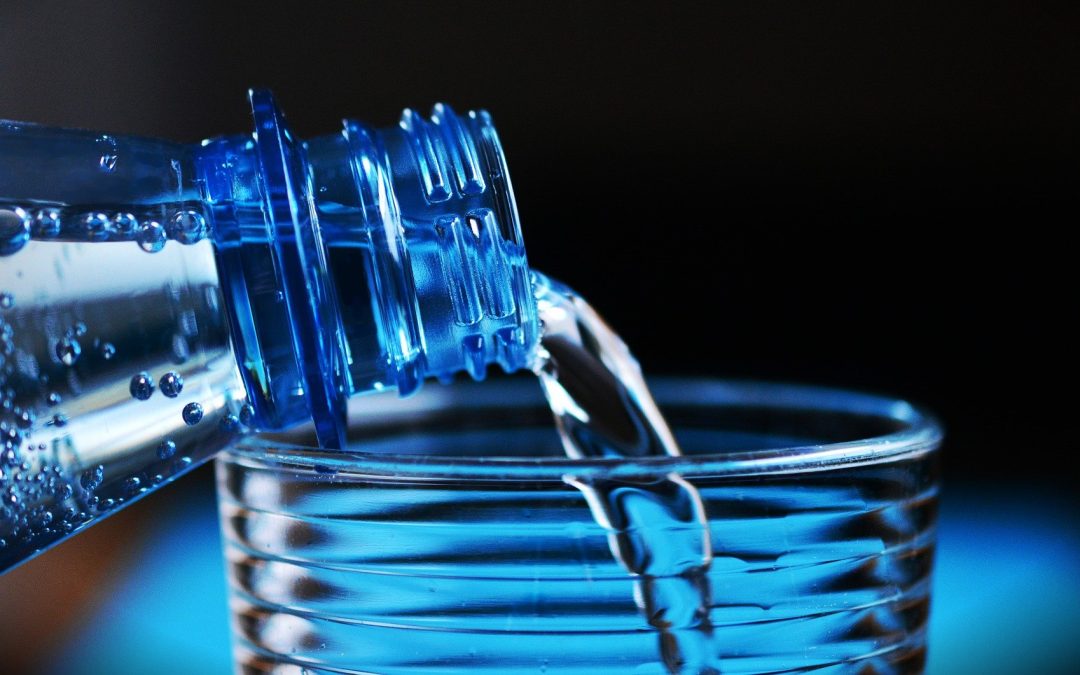Just because the temperature has got five times colder and the weather has turned wet, that doesn’t mean we should stop consuming the NHS-recommended amounts of drinking water each day. Dehydration is a year-round concern, so we’re going to debunk some myths and give you some ways you can quench your thirst:
- Why don’t we drink as much in winter?
- What are the symptoms of dehydration?
- Why is drinking water in winter important?
- How to stay hydrated
Don’t get dehydrated, grab your cold or hot drink, and keep your body in tip-top shape…
Why don’t we drink as much in winter?
In short, it’s because our dehydration is less noticeable in the colder months.
A massive 70% of our bodies are water, and in summer (when it’s hot and we’re sweating) we feel the side effects of dehydration more. In winter, this isn’t the case. We don’t sweat nearly as much, but that doesn’t mean we don’t need to drink. We lose fluid through our respiratory system and our breathing. And our bodies use up excess water trying to cope with the extra weight of our clothing. The problem is the signals that usually tell us to drink more don’t work as efficiently in winter.
“Fluid balance in our bodies often relies on the stimulation of thirst, resulting in voluntary fluid intake, as well as the kidneys conserving or excreting water,”
Robert Kenefick, UNH associate professor of kinesiology.
This stimulation is triggered by regulatory hormones that monitor the salt levels and volume of our blood. When they find a discrepancy due to water loss, they signal the hypothalamus which tells the kidney to reserve water and the brain to create a thirst to solve the problem. The issue is, in winter, blood flow decreases to prevent heat loss, and the volume of blood in our core increases as a result. So, those regulatory hormones struggle to find any discrepancies.
What we’re saying is, the cold confuses your body a bit, but it still needs water and fluids to maintain a balance.
What are the symptoms of dehydration?
Dehydration can show itself in any number of ways, but the most common symptoms are:
- feeling thirsty
- dark yellow and strong-smelling pee
- feeling dizzy or lightheaded
- feeling tired
- a dry mouth, lips, and eye
- peeing little, and fewer than four times a day
If you have any of these, try upping your intake to see if the symptoms ease.
Some people may find they dehydrate faster if they have diarrhea or vomiting, or health problems such as diabetes or heatstroke, or even if they’ve drunk too much alcohol.
Why is drinking water in winter important?
To help our bodies function, we need water. We use it to warm and cool our skin, detoxify our organs, maintain blood levels, and ease discomfort.
Maintaining our temperature
The water we drink helps keep our bodies at a balanced level which makes it easier to pump blood around our organs and systems. This means that when we need to cool our skin after exercise, the water in our skin (the largest human organ) gets used by the sweat glands to bring down our temperature. In winter, this balance can be thrown out of whack by the winter water loss mentioned previously. As a result, our blood volume decreases, core heat takes priority, and any extremities can cool much more rapidly.
So, staying hydrated and balanced is best to avoid both overheating and rapid cooling of our bodies.
Water for weight loss
Again, this is all about the water balance in our bodies. When the balance is right, our organs, metabolic and digestive systems can more easily work through and break down the things we eat and filter the things we drink. It doesn’t hurt that it makes us feel fuller and that it’s low calorie either. Plus, around winter, when there are loads of tasty treats around, it’ll help reduce the temptation to comfort-eat.
How to stay hydrated
So, how many pints of water should you drink a day? The NHS and the Eatwell guide suggest we all drink around six to eight glasses of fluid a day, or between 1.5 and 2 liters. That sounds like a lot of water, but the good news is that it includes all kinds of fluids (except alcohol).
We are talking about water, squash, sugar-free tea, coffee, and hot drinks. Everything from milk to fruit juices, sports drinks, and more. However, it is better to keep the high-sugar drinks to a minimum of one glass or none a day as they’re high in calories and can be caffeinated too.
The thing is, no matter how many kinds you can drink, it’s still difficult to meet the suggested target, so here are a few tips:
- Carry a water bottle wherever you go – the ones which come with built-in straws are good as you don’t have to make any lifting or arm-raising movements, so your natural flow is less interrupted.
- Get a travel mug – these are great for your hot water and other hot drinks on the go, and they keep your hands warm in winter too – bonus!
- Eat your fluids – try soups, stews, fruits, and veg. These are all naturally high in water and count towards your target. Just be careful with the naturally high-sugar content in fruit.
- Try sparkling water, infused water, or squash – these are low in sugars or fructose-free and make the bland taste of water a bit more palatable.
- Always drink when you eat – this will not only help towards your water goal, but it will help wash away tooth-rotting food remnants too.
Staying hydrated in winter is key to keeping our bodies functioning efficiently and healthily. So, even if you don’t feel any thirst, look out for the visual signs of dehydration, keep aiming for that eight glasses of drinking water a day, and learn how to stay hydrated.



Connect With Me !